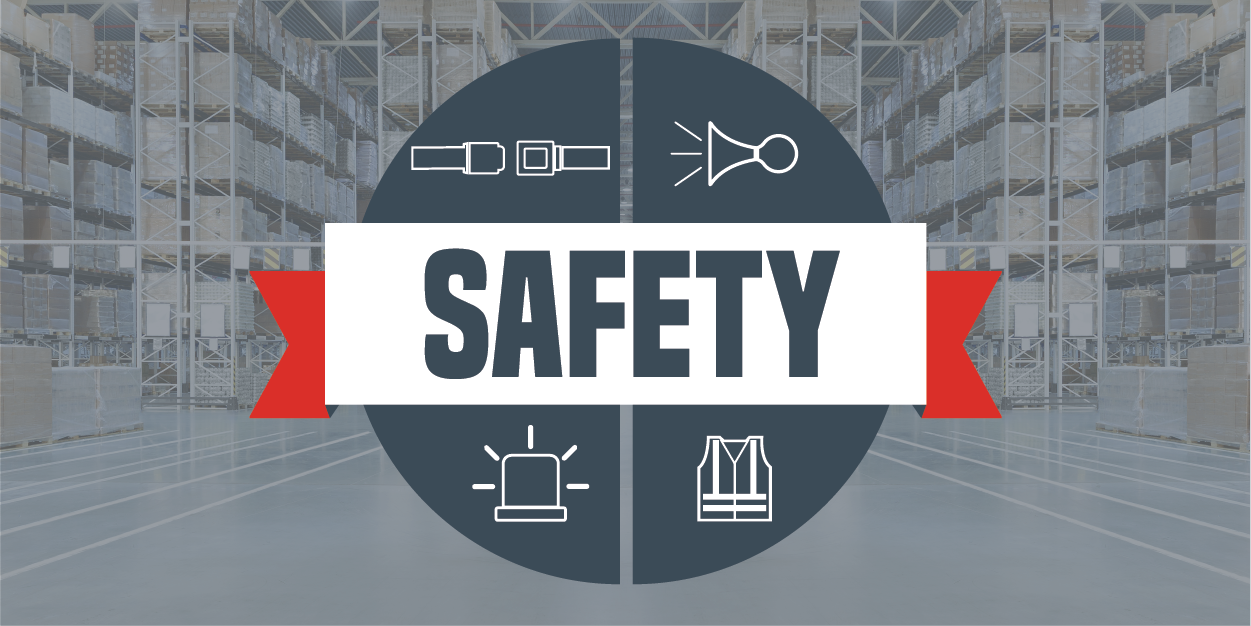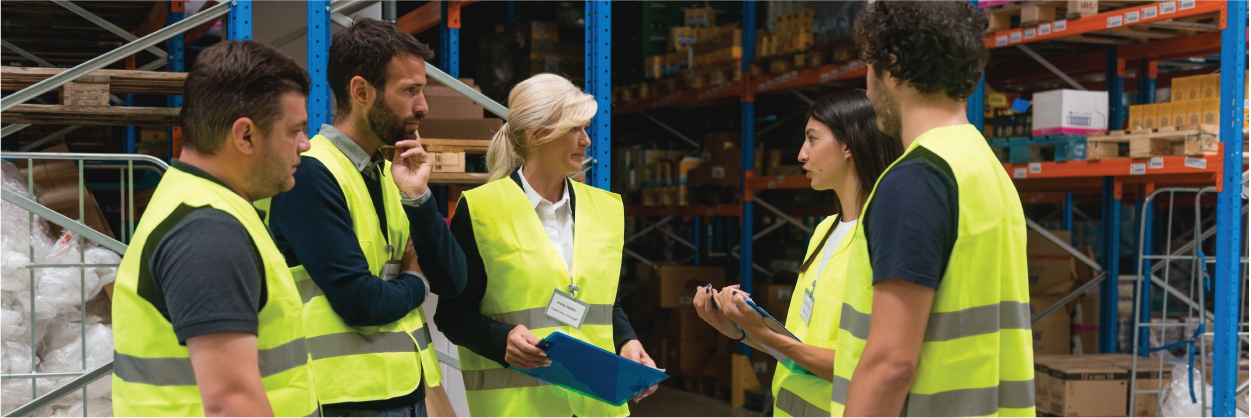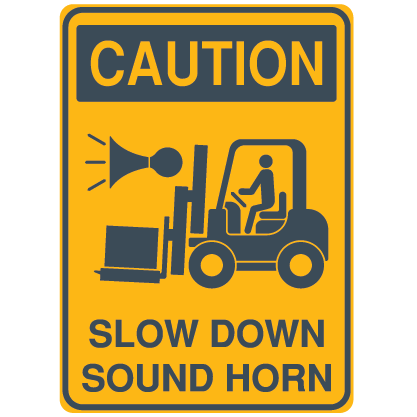 Safety is not just a poster or a slogan – it is a culture that must be built and maintained. The keys to creating and maintaining a culture of safety in the warehouse are people, processes, tools, and technology. Through a holistic approach that encourages collaboration and visibility at all levels, shippers can ensure their warehouse environments are fully optimized for safe practices, allowing them to focus their energy on meeting the fast-paced demands of today’s consumer.
Safety is not just a poster or a slogan – it is a culture that must be built and maintained. The keys to creating and maintaining a culture of safety in the warehouse are people, processes, tools, and technology. Through a holistic approach that encourages collaboration and visibility at all levels, shippers can ensure their warehouse environments are fully optimized for safe practices, allowing them to focus their energy on meeting the fast-paced demands of today’s consumer.
People
 A warehouse environment is only as safe as the people who operate it day in and day out. For that reason, it’s important for management at all levels to set the tone early on with new associates. Having management present during new hire orientations is the best way to ensure new employees understand safety expectations and best practices, which are crucial to achieving overall safe operations.
A warehouse environment is only as safe as the people who operate it day in and day out. For that reason, it’s important for management at all levels to set the tone early on with new associates. Having management present during new hire orientations is the best way to ensure new employees understand safety expectations and best practices, which are crucial to achieving overall safe operations.
The most effective programs and safest sites rely on their employees to drive safety measures, as they are more deeply immersed in the daily operations. Leadership expects employees on the floor to be the main points of contact and communicate what they are seeing back to management – good and bad – to most effectively optimize processes. In turn, management should actively recognize the efforts of floor employees. Celebrating small victories and achievements goes a long way in perpetuating best practices and emphasizing the value of employees’ insight.
Process 
With any type of hazard identification, your management needs insight into the data you are collecting. Reporting near misses and gathering good data when issues occur is essential to identify hazardous trends in order to quickly correct. For example, if you have reports of lift operators not blowing their horn at an intersection on near-miss reporting, that area needs to be identified as one to be monitored. This allows issues or behaviors to be addressed before an accident or incident actually takes place. Anytime you can remove obstacles and make life easier for employees to do their jobs, the safer their environment becomes.
In addition to this data insight, Key Performance Indicators (KPI) or tier boards are also essential in warehouses. These openly display charts and data with suggestions and safety related measures for all warehouse employees to have visibility into what is going on around them. Employees understand the challenges they experience on the warehouse floor and this gives them an outlet to document their concerns and observations. Leaders can follow up on these observations to make necessary modifications for further improvements.
Tools and Technology
Having the right mix of traditional practices like behavior-based safety, and innovative tools and technology like wearable devices will ensure your safety checklist is in the best possible shape. Kenco’s Innovation Lab continually helps our customers identify new tech on the market and optimize existing practices to maximize warehouse and overall operational safety.
Wearable technology is a current initiative – these devices help management understand employee ergonomics by looking at data across common pain points. For example, wearable devices collect data on an employee’s motions, and can notify them if they are incorrectly lifting or bending throughout the day. These insights allow for corrective action which can increase the employee’s longevity and productivity. Kenco’s associates view these tools as a benefit that allows them to work safely, understand their personal limits, and do their job more safely and ergonomically.
Learning management systems (LMS) are also optimal for tracking completed training programs, which help logistics companies remain OSHA compliant. Manual and paper presentations, testing, and tracking of continued education can lead to oversights in crucial information and training that is in place to keep employees educated and safe.
Safety in the warehouse should be at the forefront of every operation’s strategy for success. The benefits of safe working environments extend beyond compliance and productivity into the lives of employees outside of the professional sphere. Engaging your people, having well defined processes, and integrating innovative tools and technology will ensure your warehouse culture places safety at its core, allowing your business to put its best foot forward each day.
